Design Savings
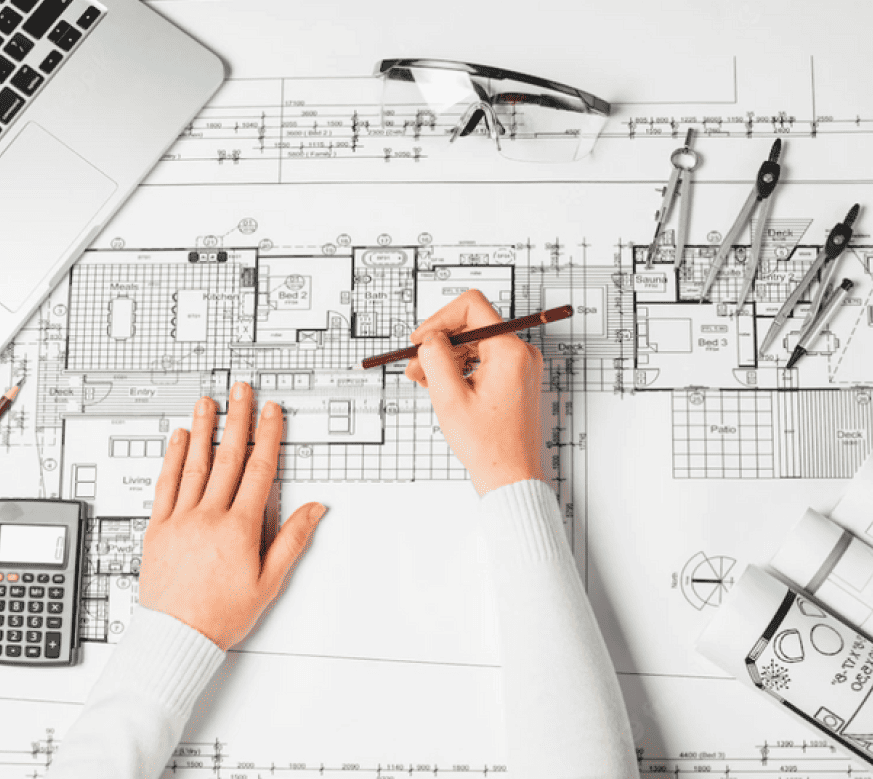
Cost Benefit #1
- Steel has the highest strength-toweight ratio of any building system, resulting in a lighter structural frame that can carry the same building loads.
- Lighter buildings allow the designer to reduce the mass at the foundation, cutting costs for materials and equipment.
Quick Installation and Erection
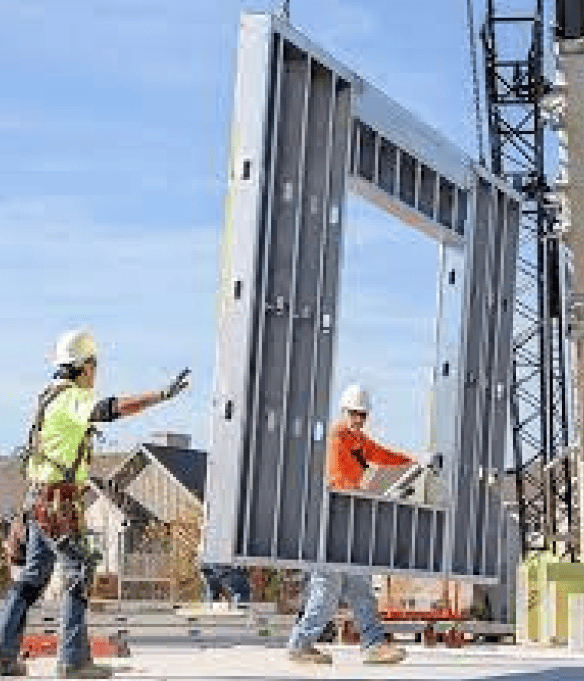
Cost Benefit #2
- The predictability and accuracy of steel components speeds up the process and allows follow-on trades to get to work sooner.
- This delivers time savings compared to other systems. Shorter construction cycles leads to savings in site preliminaries, earlier return on investment and reduced interest charges.
- Time-related savings can easily amount to between 3% and 5% of the overall project value, reducing the building owner’s requirements for working capital and improving cash flow.
Lower Insurance Rates

Cost Benefit #3
- Builders risk and property insurance premiums are typically lower for steel than wood.
- “Frame” or “Wood” construction has a greater likelihood to burn or be damaged by a peril (such as fire) and that the event will be a total loss versus a partial one.
- Loss history for wood construction has been poor and carriers are very restrictive of the amount of risk they will take (known as capacity).
- Total costs increase when multiple carriers are needed to provide coverage.
Increased Durability = Lower Life Cycle Costs
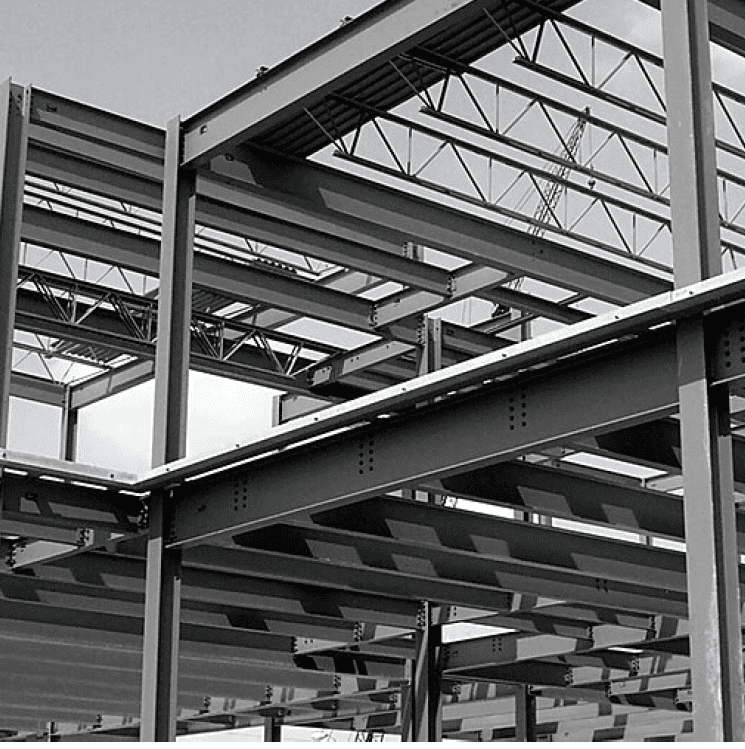
Cost Benefit #4
- Steel is resilient, adaptable and durable and does not decay or age as quickly as other construction materials, which reduces life cycle costs. It is protected against corrosion by a layer of zinc or similar metallic coating.
- A recent 10-year study conducted by the National Association of Home Builders (NAHB) Research Center found that zinc-coated steel framing systems had a predicted life that ranges from 300 to 1000 years within the building envelope, and 150 years of coating life for exterior exposures – well beyond the life expectancies of modern buildings.
Dimensional Stability and Moisture Resistance
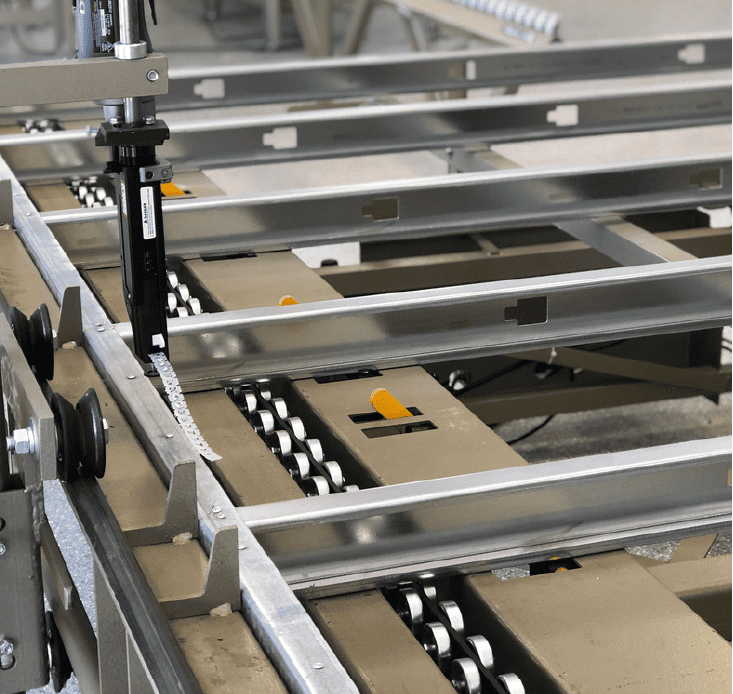
Cost Benefit #5
- Because steel is an inorganic material, it will not expand or contract with changes in moisture content and consequently remains dimensionally stable.
- Unintended structural movement with wood framing, such as warping, twisting and shrinking, can have expensive and potentially disastrous consequences on structural, mechanical, and finish systems. Additionally, with the increased emphasis on energy conservation, the long-term effects of shrinkage on the building envelope and building energy and maintenance costs must be considered.
No Hidden Site Construction Cost
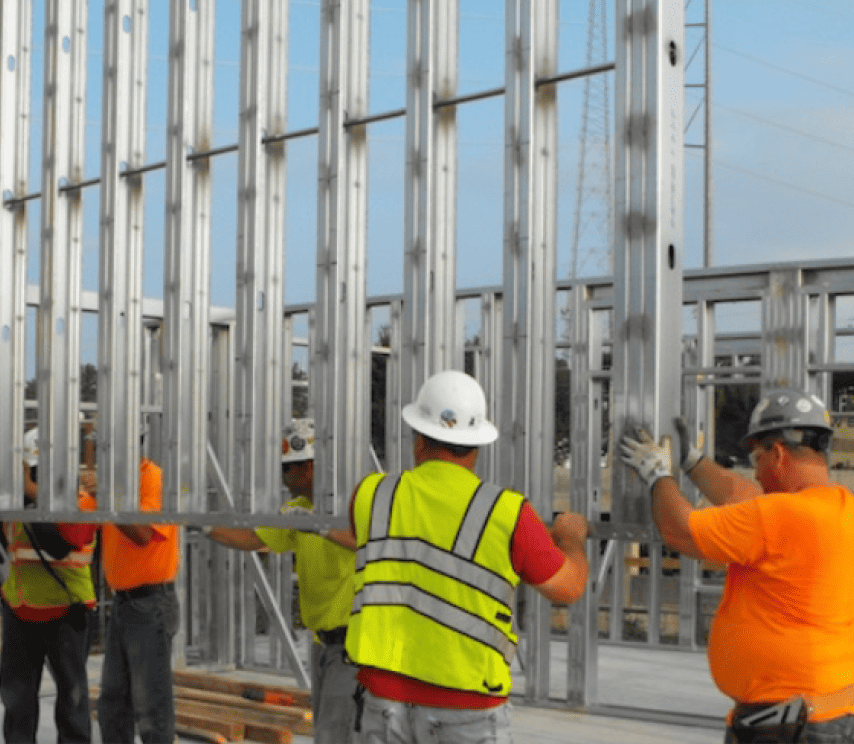
Cost Benefit #6
- When building with steel, owners can take comfort in the fact that there are no hidden or extraordinary site construction costs involved, unlike the growing list of site fire safety requirements for combustible framing systems.
- These requirements include the need to submit a detailed fire safety plan during the permit approval stage, install sprinklers as each floor is built, increase supervision during hot work, a general increase in site supervision and a significant increase in site security. Several jurisdictions are requiring builders to post 24-hour security guards at woodframe construction sites.